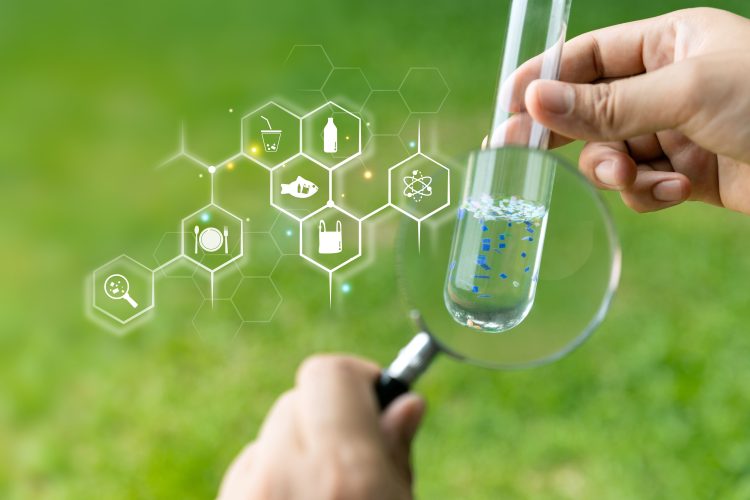Breakthrough app can measure microplastic emissions from everyday items

Microplastics and nanoplastics are increasingly infiltrating our food, water and the air we breathe. To combat this, researchers at the University of British Columbia have now introduced a low-cost tool designed to accurately measure plastic particles from everyday sources such as disposable cups and water bottles.


Traditional microplastic detection methods can be expensive and require specialised equipment and expertise. The University of British Columbia (UBC) team have now developed a new tool to make detection faster, more accessible and more reliable.
The tool paired with a dedicated smartphone app, uses fluorescent labelling to detect plastic particles as small as 50 nanometres and as large as 10 microns—sizes too minute to be visible to the naked eye. The tool delivers results in just minutes, providing a rapid and affordable solution for monitoring plastic contamination.
Dr. Tianxi Yang, an assistant professor in the Faculty of Land and Food Systems at UBC and the lead developer of the tool, emphasised its significance: “The breakdown of larger plastic pieces into microplastics and nanoplastics presents significant threats to food systems, ecosystems, and human health. This new technique allows quick, cheap detection of these plastics, which could help protect our health and ecosystems.”
Microplastics and nanoplastics are by-products of degrading plastic materials such as lunchboxes and utensils. As very small particles with a large surface area, nanoplastics are particularly worrying because of their ability to absorb toxins and penetrate biological barriers, potentially impacting human health.
The device, designed by Dr Yang’s team, is made up of a compact, biodegradable, 3D-printed box containing a wireless digital microscope, a green LED light, and an excitation filter. They then integrated this with MATLAB software and machine-learning algorithms to enhance detection capabilities.
The resulting portable tool requires only a minuscule liquid sample—less than a drop of water. The device makes plastic particles glow under the green LED light, enabling visualisation and measurement. The app then processes the fluorescent images to determine the quantity of microplastic particles. Each test costs as little as 1.5 cents.
The team’s method and findings are detailed in ACS Sensors.
The long-term health effects of ingesting microplastics from food, beverages, and airborne particles are still being investigated.
Therefore, to reduce plastic ingestion, Dr Yang advises avoiding petroleum-based plastic products. Instead opting for alternatives like glass or stainless steel for food containers.
Dr Yang added, “The development of biodegradable packaging materials is also important for replacing traditional plastics and moving towards a more sustainable world.”
Source: newfoodmagazine.com

